8 SaaS Subscription Models You Should Know
Updated May 28, 2024
Published July 22, 2023
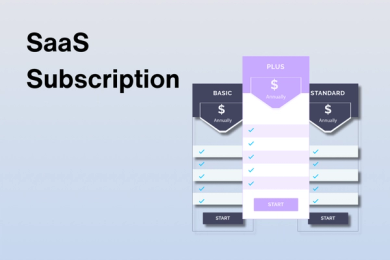
SaaS (Software as service) became one of the most popular deployment models for cloud-based apps. It is estimated that by 2025 85% of business apps will be SaaS-based. Hosted on a cloud, SaaS offers a versatile way to access applications via the internet wherever you are.
SaaS apps are hosted as services, so companies need to develop a sustainable billing system that will allow them to make a profit while providing top-notch features and improving the app’s functionality. The best way to manage the billing of such an app is through a SaaS subscription.
A SaaS subscription model allows customers to pay for the software they use on a recurring basis. However, it’s worth mentioning that not every billing model suits every SaaS application. In this article, we’ll detail what is SaaS subscription, its benefits and list the best SaaS subscription model options for your business.
History of SaaS
SaaS (Software as Service) is a software delivery model for apps hosted on the cloud. The applications are hosted over the internet and work as a service that customers can use over their computers, phones, and other devices.
It’s convenient because customers don’t have to install and update the apps locally. Instead, they can access it through their browsers as long as they’re connected to the internet. SaaS became popular because of the rapid advancement of the internet and the growing demand for flexible and cost-effective solutions.
Still, the concept of SaaS dates back to the 1950s and 1960s, when it started developing into what we have today. The first concept of SaaS started from the idea of time-sharing. Processors and other computational units were big and hard to store back then. Moreover, they were extremely expensive.
Many companies couldn’t afford to have their own computers and heavy machinery, so the concept of time-sharing allowed them to cut costs by paying for the usage of those machines. Bigger companies that could afford the expensive resources would rent time slots for smaller companies to operate the computers.
With years and decades of technological development, computers became more affordable and many businesses could afford to host them at their facilities. The rapid growth of the internet and its accessibility allowed companies to host their solutions online, initially with CRM (Customer Relationship Management) platforms and now with deployment models such as SaaS.
What is a SaaS Subscription Model?
A SaaS subscription model is a method businesses use to charge customers for SaaS products. That way, subscription businesses can generate recurring revenue streams. Instead of making a one-time purchase, customers typically pay for the software based on recurring subscription fees, typically monthly or annually. Some companies also offer quarterly payments for subscription services.
Once the customers subscribe to a SaaS platform, they get access to all the bells and whistles the platform offers as long as the subscription is active. The SaaS model they subscribe to is flexible, customizable, and provides a personalized experience.
There are different SaaS billing models for subscription management. They can vary based on things such as:
- Whether the software solution offers a freemium or a premium model
- A flat fixed fee or pricing tiers for different functionalities
- Billing system based on the number of users
- SaaS subscriptions based on customer satisfaction and usage
- SaaS subscription models based on an annual basis or monthly recurring payments
Keep in mind that some digital businesses offer services consisting of two or more subscription models. Some billing packages are customized to maximize customer retention over the full lifecycle.
Most SaaS companies with subscription software opt for subscription billing models because of the predictable revenue for software providers. They align with the ongoing service-based nature of SaaS, allowing customers to easily access and benefit from software updates, support, and upcoming features until their current subscription expires.
Types of SaaS Subscription Models
SaaS companies use SaaS subscription models that will benefit their business model. We listed the most popular subscription models for SaaS solutions.

1. Freemium
The freemium model is among the most popular subscription plans for SaaS subscription software. It is a popular strategy for customer acquisition where businesses bring basic features of the SaaS solutions for free and charge extra features in case customers want to upgrade to a premium tier and pay on a monthly or annual basis.
Benefits of the freemium subscription model:
- Freemium is an effective customer acquisition strategy
- Product exposure can convert more users into customers over time based on customer data
- Freemium tiers act as a gateway to upselling opportunities for recurrent billing
- Freemium allows SaaS providers to differentiate themselves in a competitive market
- It is a great feedback mechanism because users can provide insights and suggestions
Drawbacks of the freemium model:
- Freemium models can lead to loss if the basic product you offer uses too many resources
- The freemium model doesn’t make sense for some kinds of SaaS products
- Convincing free users who don’t need more than the basic features can have higher customer acquisition costs
Many SaaS providers such as Dropbox, MailChimp, ClickUp, Slack, Zoom, and others provide a freemium tier. The freemium plan has been instrumental in Slack’s success, as it attracted a large user base and widespread adoption.
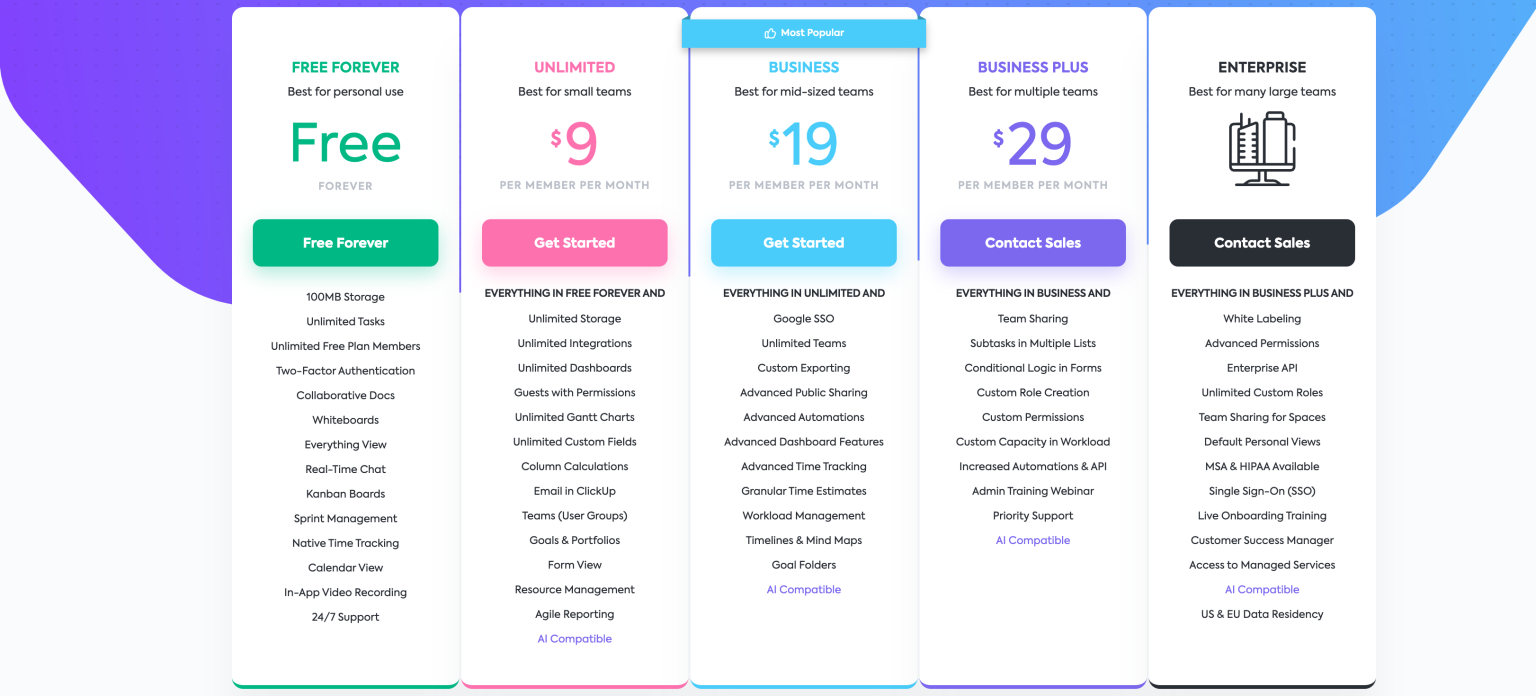
Clickup – Freemium pricing model example
The free version serves as a powerful marketing tool, with users experiencing the benefits of real-time communication, file sharing, and team collaboration.
As teams grew and require advanced features, they were more likely to upgrade to Slack’s premium plans, which offer additional benefits like unlimited message history, advanced administration tools, and integrations with third-party applications.
2. Fixed Fee
SaaS vendors with a fixed fee subscription business model provide only one monthly plan with a fixed price tag. This plan is very useful when you can predict the revenue trends based on the price you set, the number of customers, the churn rate, and the number of expected new customers for each month.
Benefits of the fixed fee model:
- Fixed-rate pricing allows for better budgeting and financial planning
- They are simpler and more transparent for customers
- Unlimited usage of the SaaS service within the defined period
- A fixed fee is more cost-effective for heavy users
- Fixed-rate pricing simplifies scalability
Drawbacks of the fixed fee model:
- Potential to miss out on revenue without a complex pricing model
- It may not be cost-effective for customers with low usage requirements
- Fixed fee pricing has limited flexibility for users whose needs change over time
Many SaaS providers like Grammarly and Zoom offer fixed fee pricing. This straightforward model provides transparency and avoids confusion for teams. Companies also often add freemium tiers. The freemium version gives basic access for free, while premium features require payment.
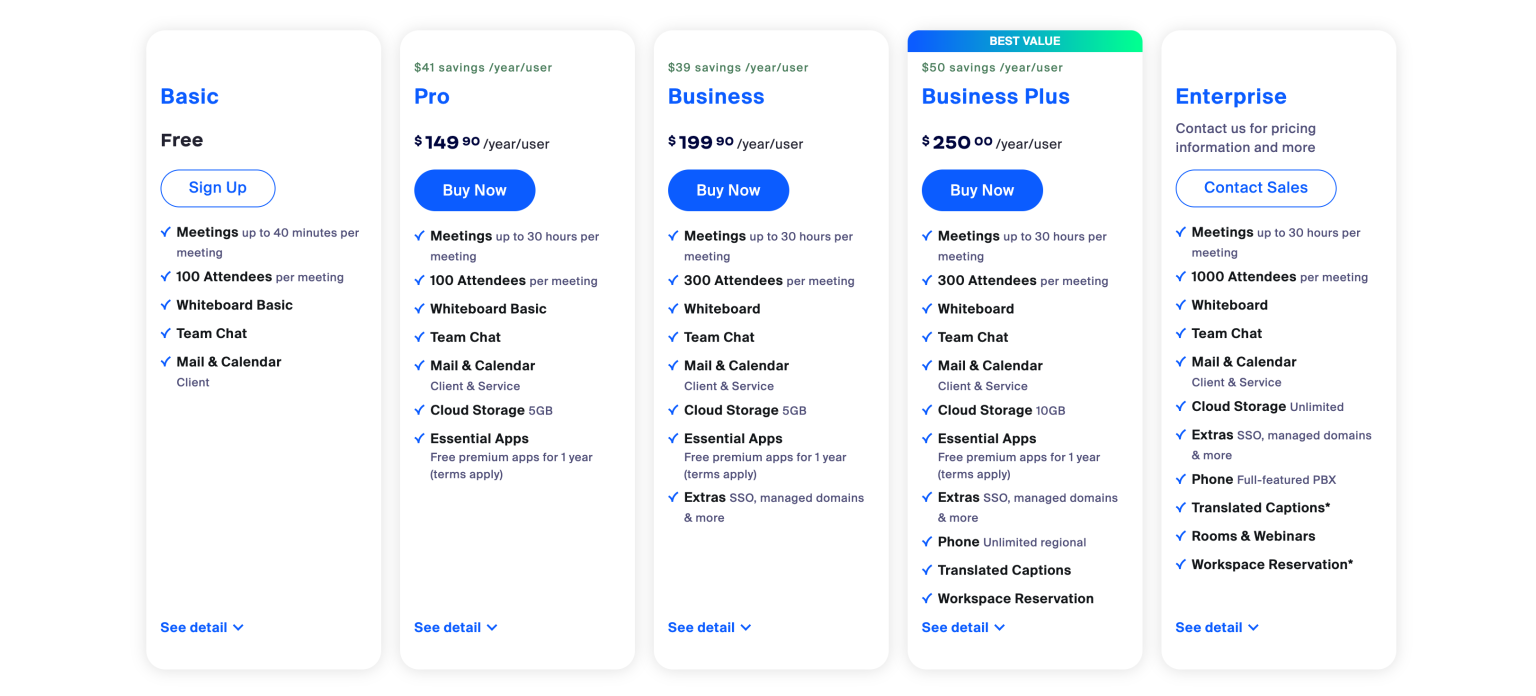
Zoom – Fixed fee pricing model example
Together, fixed fees and freemium create a hybrid pricing system. This combined approach is popular with subscription management and accounting software for growing businesses.
Providers also commonly pair hybrid pricing with free trials. Trials let users evaluate products before recurring fees start. This helps convert hesitant customers.
In short, fixed fee, freemium, and free trial combinations provide clarity while increasing conversions. This hybrid strategy works well for many subscription-based SaaS companies.
3. Tiered Fixed Fee
Some SaaS businesses offer subscription models with tiered fixed fees. This model includes several plans with a fixed monthly fee. This is another model with predictable revenue and is packed with various benefits.
Benefits of the tiered fixed fee model:
- The tiered fixed fee pricing model allows users to be more flexible and customize the tool they’re using
- Customers can easily scale their subscriptions based on business growth and changing requirements
- Offering multiple tiers creates a perception of value for customers
- SaaS businesses can use tiered models to target different customer segments with tailored pricing
Drawbacks of the tiered fixed fee model:
- Having multiple tiers packed with different features can make it hard on customers to make decisions
- Offering too many tiers with different features and functionality can result in feature overload
- Tier misalignment because customers may need a combination of features offered in different tiers of the subscription model
Companies like Dropbox, Shopify, and ConvertKit offer different pricing tiers for the services they provide. Usually tiered models also have free trials that allow customers to explore the software before subscribing to all the functionality.
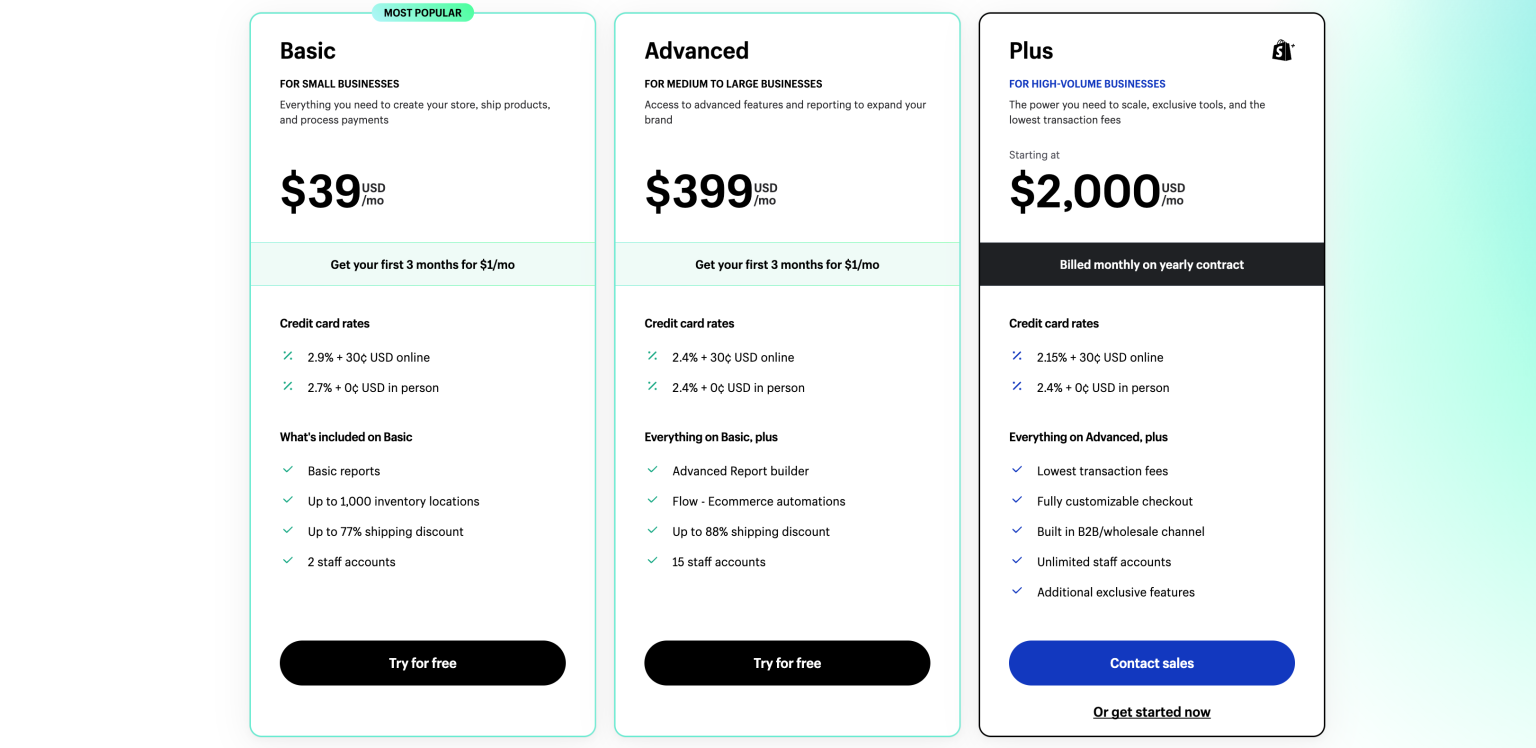
Shopify – Tiered fixed fee pricing model example
4. Pay-Per-User
Pay-per-user or pay-per-seat is a SaaS business model that is suitable for customers with higher user access. This option charges for each user that can access the product with an account.
Benefits of the pay-per-user subscription model:
- Allows a higher user volume
- Businesses can align costs directly with their user base
- More scalability for growing businesses
- Pay-per-user offers fairness and more transparency to both the SaaS provider and the customer
Drawbacks of the pay-per-user subscription model:
- As the customers’ team grows and their requirements increase, management may become more expensive
Many SaaS providers offer this pricing model. One such company is Groove which provides customer support.
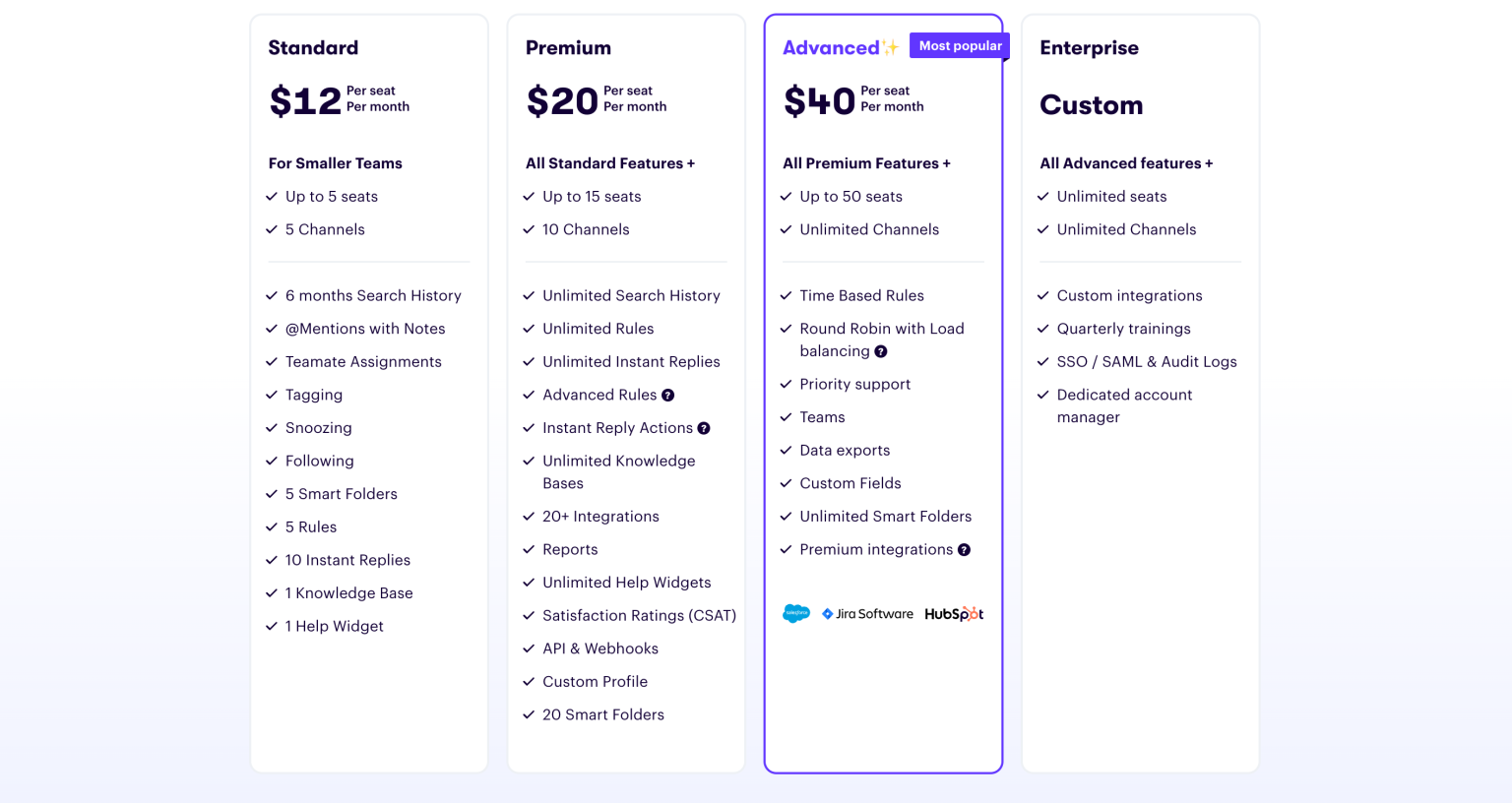
Groove – Pay per user pricing model example
5. Usage-based Model
Using the usage-based model, customers will pay for software services based on their usage of the product. This model is a good option if SaaS providers are looking to reduce SaaS subscription expenses.
Benefits of the usage-based model:
- Customers prefer this model because they will only pay for what they use
- Usage-based pricing can be beneficial for small businesses or startups
- Usage-based pricing encourages efficient resource usage
- Cost transparency and predictability
Drawbacks of the usage-based model:
- In some cases, the customers will use the product or service sporadically, which makes revenue prediction more daunting.
SaaS companies that offer usage-based models for their products include Amazon Web Services (AWS,) Snowflake, and Microsoft Azure. Essentially, this pricing model is useful for hosting companies.
6. Feature-based Model
The feature-based model is similar to a tiered fixed fee, except that the customer can select the features to add to their subscription model. In this model, customers are charged for the specific features they choose rather than paying a flat rate or usage-based fee.
Benefits of the feature-based model:
- Customers have control over their costs by selecting only the features they need
- This model provides flexibility for customers and allows them to customize their solutions based on their personal or business requirements
- Transparent pricing helps customers understand the value they receive from each feature
- This payment method allows for effective customer segmentation
Drawbacks of the feature-based pricing model:
- This pricing model can feel overwhelming for customers when comparing features
- SaaS companies need to analyze the market and learn about customer needs in order to be able to offer the features that can be beneficial to them which can be challenging and time-consuming.
Companies like Atlassian and HubSpot offer their customers to choose features and add-ons in the subscription. These companies also offer different pricing models.
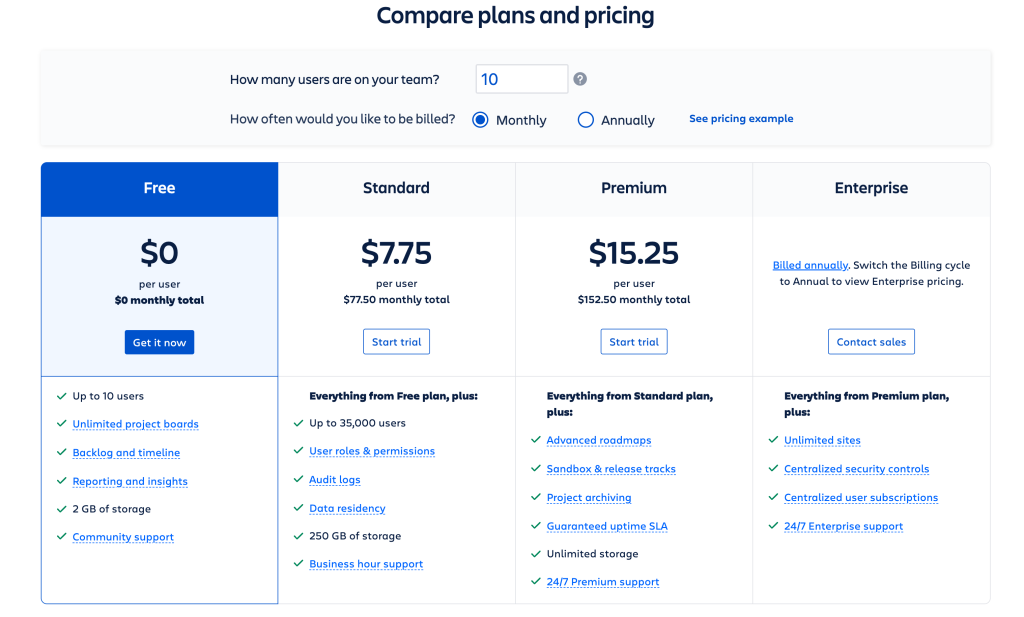
Atlassian -Feature based pricing model example
7. Hybrid
As its name suggests, the hybrid subscription management model consists of two or more subscription offerings. Usually, it consists of a tiered fixed fee plus some other model, such as a usage-based or pay-per-user billing model.
Benefits of the hybrid pricing model:
- Customers have more flexible options to choose from
- Customers can customize their plans to get the most out of the product’s features and functionality
- A hybrid model is an excellent way to sell limited-duration subscriptions and generate significant revenue
- The hybrid model allows the customers to change plans as their business grows
Drawbacks of the hybrid pricing model:
- Some users get confused by the overwhelming number of tiers or the subscription pricing and may end up forgetting about parts of it, like the usage-based charge, and then get surprised by the extra subscription pricing.
Hybrid subscription model is very popular among SaaS companies. Companies like Mailchimp, Chargebee and Twilio use it.

Mailchimp – Hybrid pricing model example
8. Custom Subscription Management
Custom subscription management models offer individualized pricing plans. They’re tailored towards every customer and meet their specific requirements. This way, SaaS businesses offer personalized packages which enhances value alignment and flexibility while addressing unique customer demands.
Benefits of custom subscription management:
- This model aims to have a high customer lifetime value
- More chance for annual recurring revenue because of the personalized experience for customers
- Offering custom pricing can provide a competitive advantage in the market
- Some SaaS vendors also provide self-service options for their customers
Drawbacks of the custom subscription system:
- SaaS subscriptions may be harder to manage because of complex administrative demands
- It is more expensive in terms of additional resources, time, and effort
- Subscription SaaS providers may have problems with pricing inconsistency across customers
This pricing model is popular in the IT industry and among marketing agencies. Many companies rely on custom subscription models to help their customers choose the best plan for their needs, including Google Cloud Platform, EPAM Systems, and others.
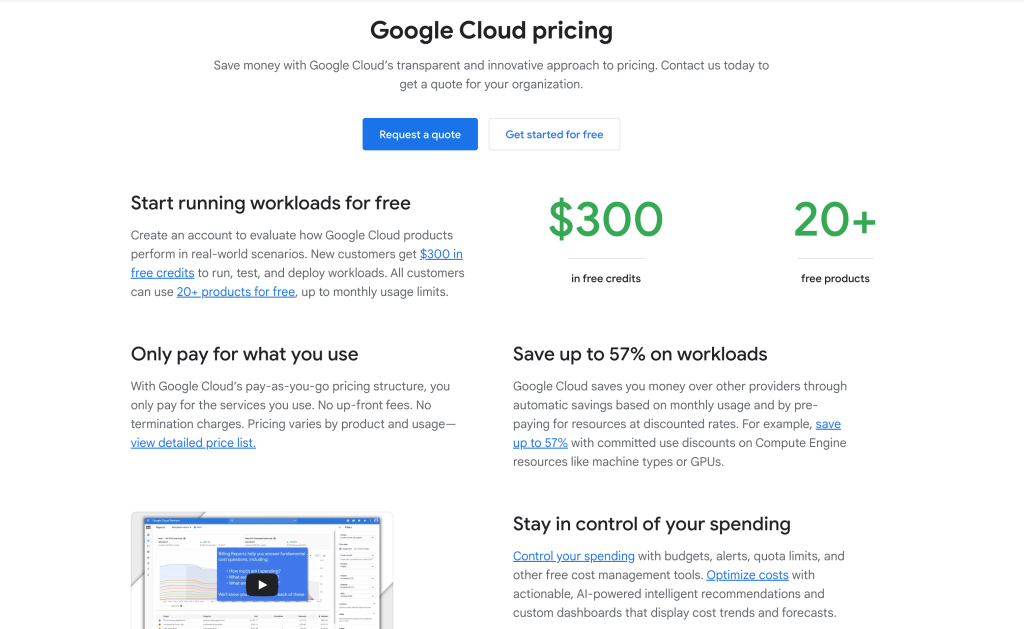
Custom Subscription Management pricing model example
Final Thoughts
SaaS companies have various subscription models to evaluate. Each has pros and cons. There is no one-size-fits-all approach. Review popular options to understand what suits your business needs. Experiment with different models to find the optimal billing strategy. The goal is to maximize value for your company and customers over time. With the right subscription plan, you can build recurring revenue and loyalty.
Share This Post
Ada Rivers
Ada Rivers is a senior writer and marketer with a Master’s in Global Marketing. She enjoys helping businesses reach their audience. In her free time, she likes hiking, cooking, and practicing yoga.
Allow cookies
This website uses cookies to enhance the user experience and for essential analytics purposes. By continuing to use the site, you agree to our use of cookies.
